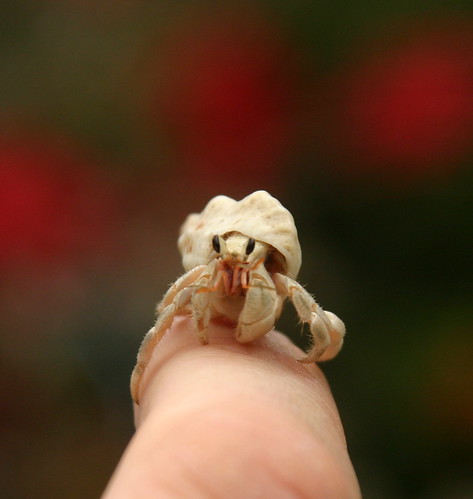
Hermit Crab
Rarotonga is not only the capital, but also the most populous, vibrant, and resort-filled of the Cook Islands. It is a circular island with less than 30 square miles of surface area. The island is towered by jagged mountain peaks that rise more than 2000 feet above sea level and descended by fertile terrace slopes that lower into deep valleys and swamps. The island is completely encircled by a barrier reef several hundred yards out – and the result is an azure blue lagoon with white sandy beaches amid coconut palms, crimson trees, and the beat of Polynesian drum and dance.
The island is a great place for water sports such as swimming, snorkeling, scuba diving, sport fishing, and sailing, but not in and around the lagoon in the northern part of the island. Unfortunately, the coral reef fringes too close to the shore, making it an unsuitable area for any activity. This is not so, however, in the southeastern part of the Island around Muri where many of the tourists flock for fun in the sun and blue lagoon.
Transportation is superb in Rarotonga. The island is so small that it needs only two main roads. The Ara Tapu circles around the island and its villages and beaches. The Te Ara o Toi, on the other hand, takes you inland through the farmlands and fields of taro, bananas, and pawpaw. Many travelers rent bikes, scooters, cars, and jeeps for transport and or to otherwise sightsee and tour the inland regions of the island. Alternatively, you can take commercial safaris, eco-tours and treks that will show you everything from the rainforest to the tropical, botanical gardens, to the sacred sites and carved rocks, to the art, crafts, jewelry and sculptures of the Cook Islanders.
If you head into Avarua, the main town on the island, you’ll also find many shops, cafes, bars and restaurants. The cuisines range from Italian to Asian to Cook Island style with great seafood in any of them. A few of the restaurants and bars also provide authentic Cook Island dance shows.


Comments